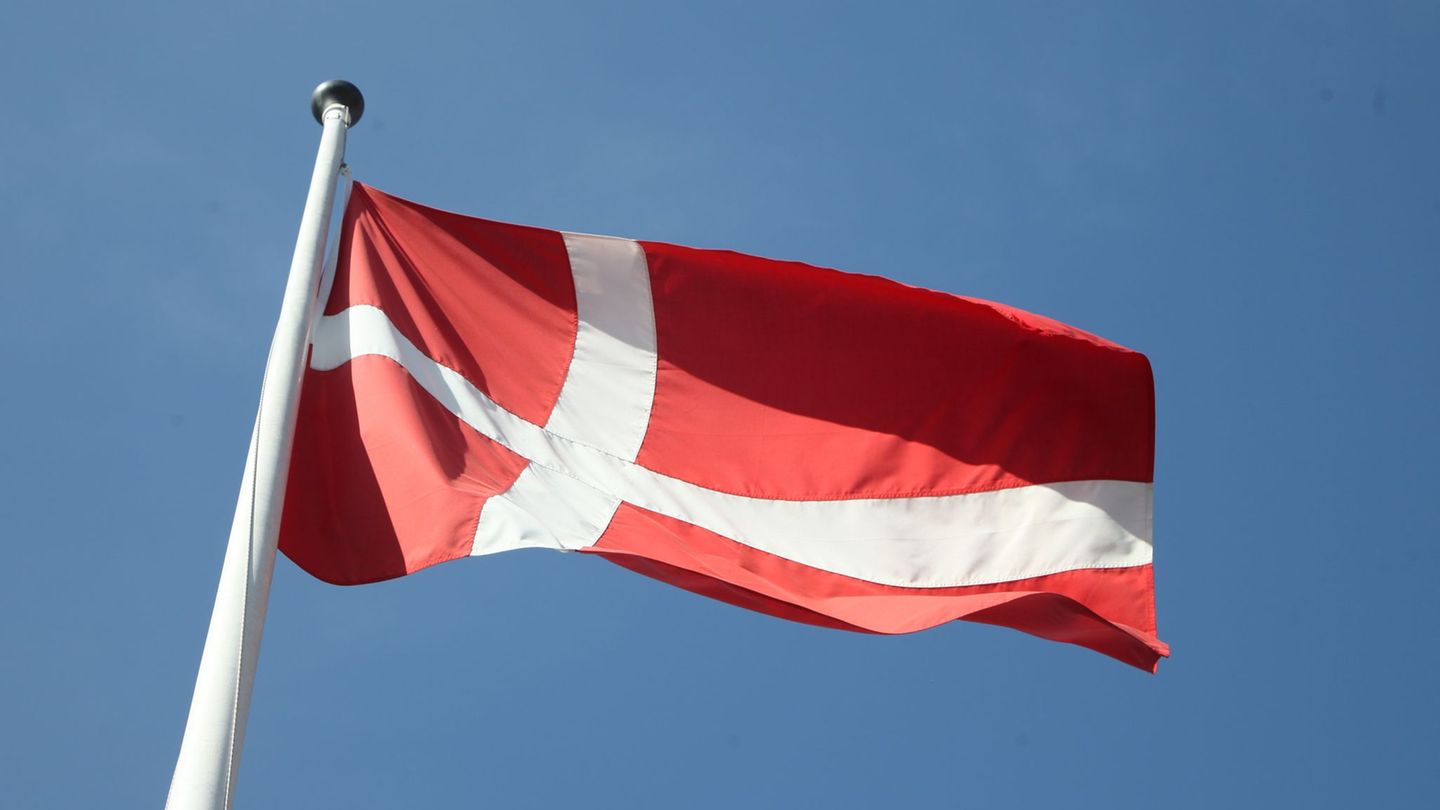More money, more channels: With the new season, a lot will change in TV reporting from the top women’s football league. Do the national team’s top odds have an impact?
With the start of the new season on Friday, the new TV contracts will apply in the women’s Bundesliga, which are valid until the 2026/2027 season. This brings numerous changes. An overview of the channels and programs.
What can be seen without additional costs?
There are significantly more live games from the women’s Bundesliga on freely accessible television than from the men’s Bundesliga – a total of 32 games. The new channel is Sport1, which has replaced Eurosport. The specialist provider is showing a total of 22 games, especially the game on the new Monday matchday.
There are also exceptions, Sport1 starts this Friday with the opening game SC Freiburg against champions Bayern Munich. The first live game on a Monday is Bayern against Cologne on October 2nd. There are additional matches on free-to-air television on ARD and ZDF, which have together purchased rights for ten live broadcasts.
What’s on pay TV?
All 132 games in the women’s Bundesliga will be broadcast live – even from two different broadcasters. As before, all matches will be played on the Telekom broadcaster MagentaSport. The same rights package has also been acquired by the paid sports streaming service DAZN.
What does this cost?
DAZN shows the women’s Bundesliga for customers of the World package from 6.99 euros per month. It is significantly more expensive at Telekom. MagentaSport costs 19.95 euros for a monthly subscription; for an annual contract it costs 12.95 euros. It is only cheaper for those who are already Telekom customers (12.95 or 7.95 euros). Both channels also include other sports broadcasts in their packages.
How much money does this bring to the league?
The new TV contracts also have a financial impact. According to the DFB, licensing income has increased 16-fold compared to the previous rights period and is now at 5.17 million euros gross annually. “The great interest in free and pay TV is a clear sign of the high level of attractiveness,” said DFB managing director Holger Blask about the contracts. Compared to the men’s Bundesliga with more than a billion euros per season, this is still modest.
What do the clubs get?
The DFB distributes 90 percent of TV revenue to the clubs. That’s 4.657 million euros. Unlike men, each club receives an equal share. That results in 388,000 euros per club, which is almost six times as much as before.
How many people are watching?
The national team’s top ratings at last year’s European Championships helped the DFB sell the TV rights, as Blask explained. However, the euphoria did not carry over to the league’s television games on Eurosport. While the number of viewers in the stadiums increased significantly, the change in free TV broadcasts was only minimal. According to the specialist broadcaster, the average reach of the live broadcasts was only 106,000 viewers. MagentaSport says it has increased the reach of the women’s Bundesliga by 148 percent. But Telekom does not provide any specific viewer numbers.
Source: Stern
I am Pierce Boyd, a driven and ambitious professional working in the news industry. I have been writing for 24 Hours Worlds for over five years, specializing in sports section coverage. During my tenure at the publication, I have built an impressive portfolio of articles that has earned me a reputation as an experienced journalist and content creator.




